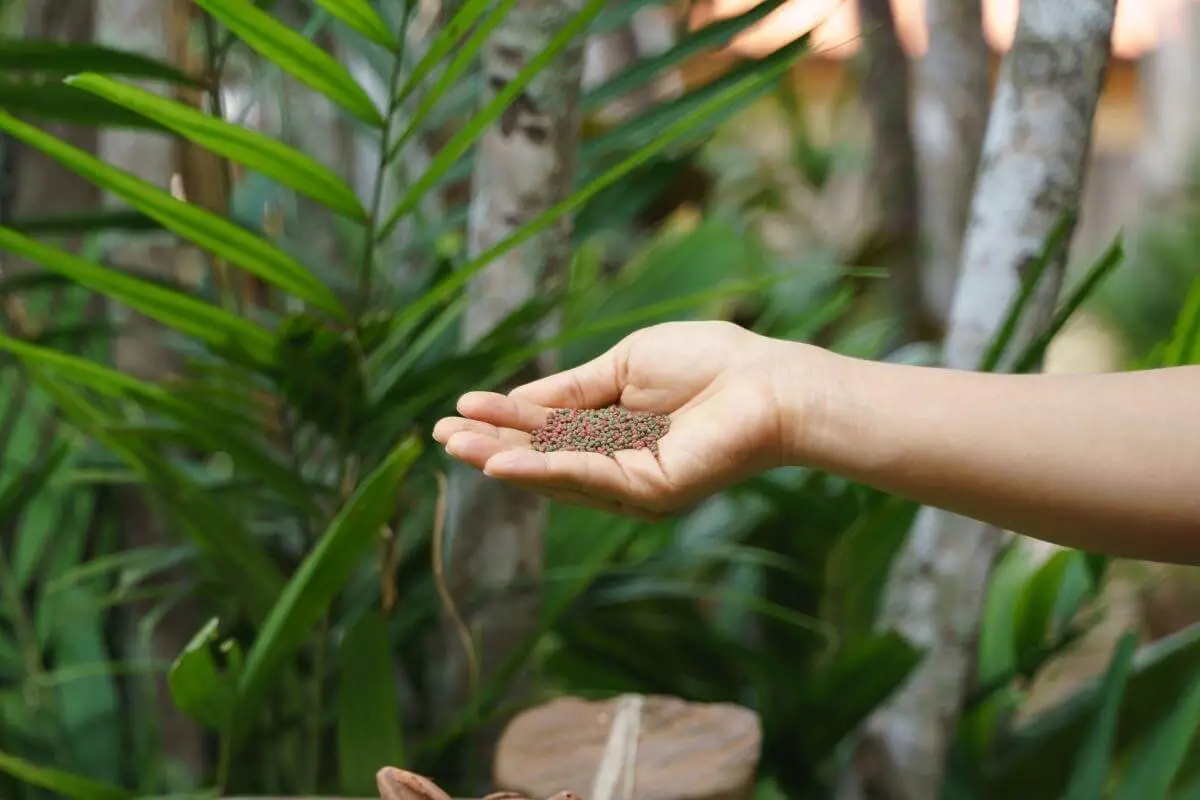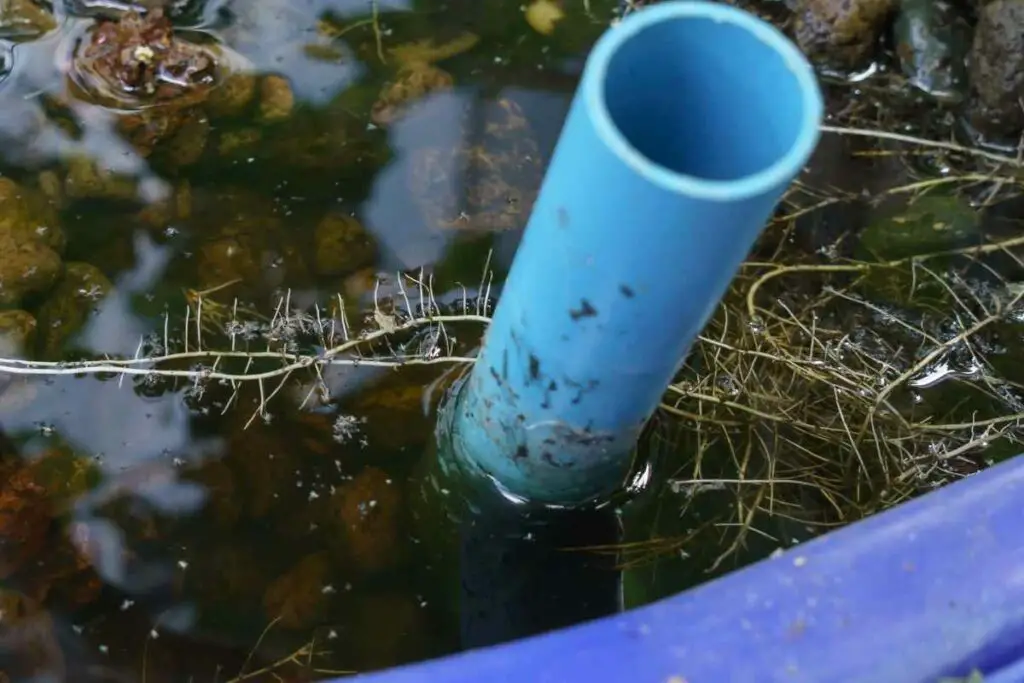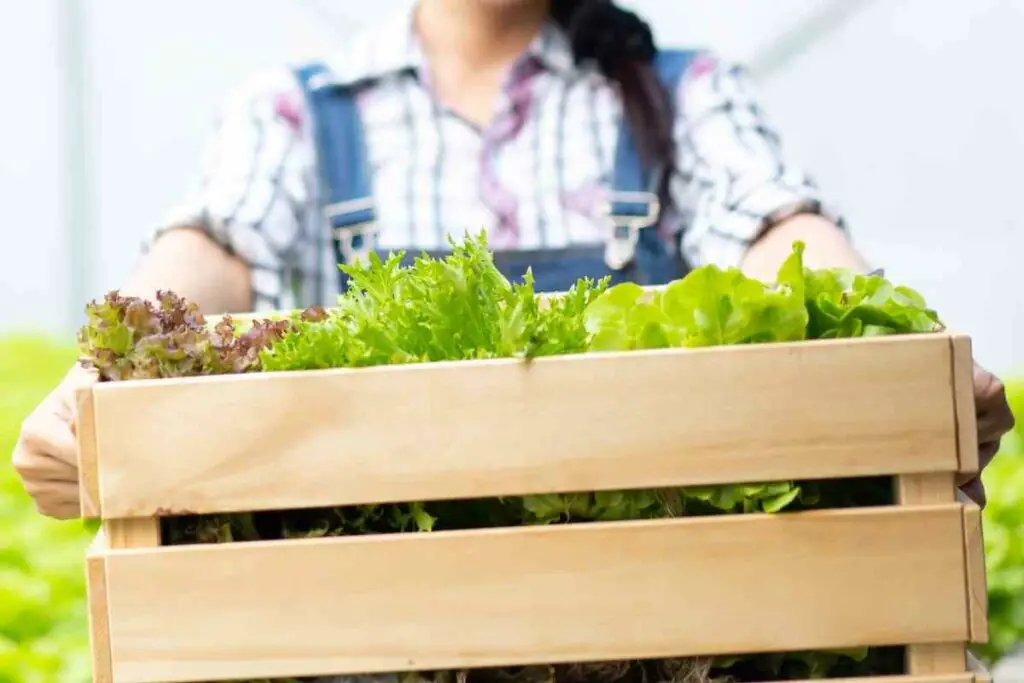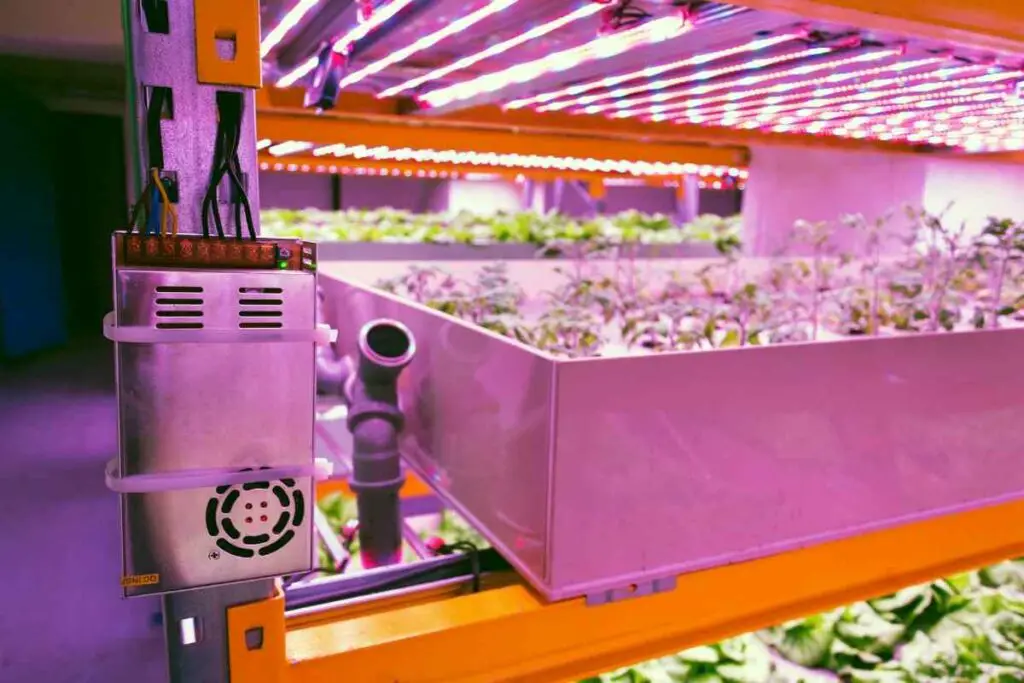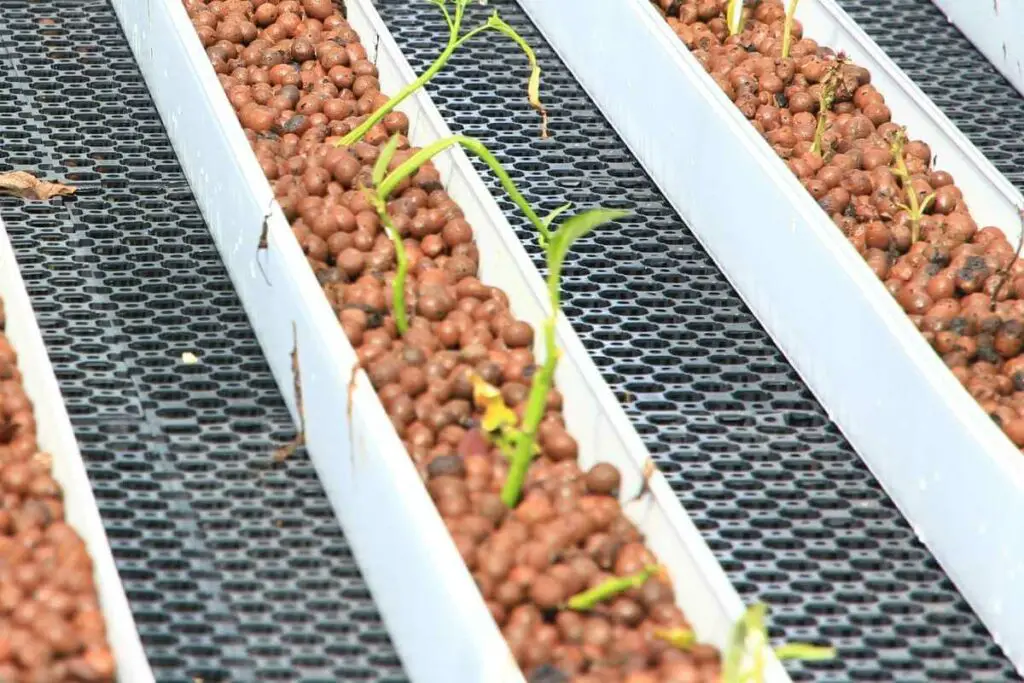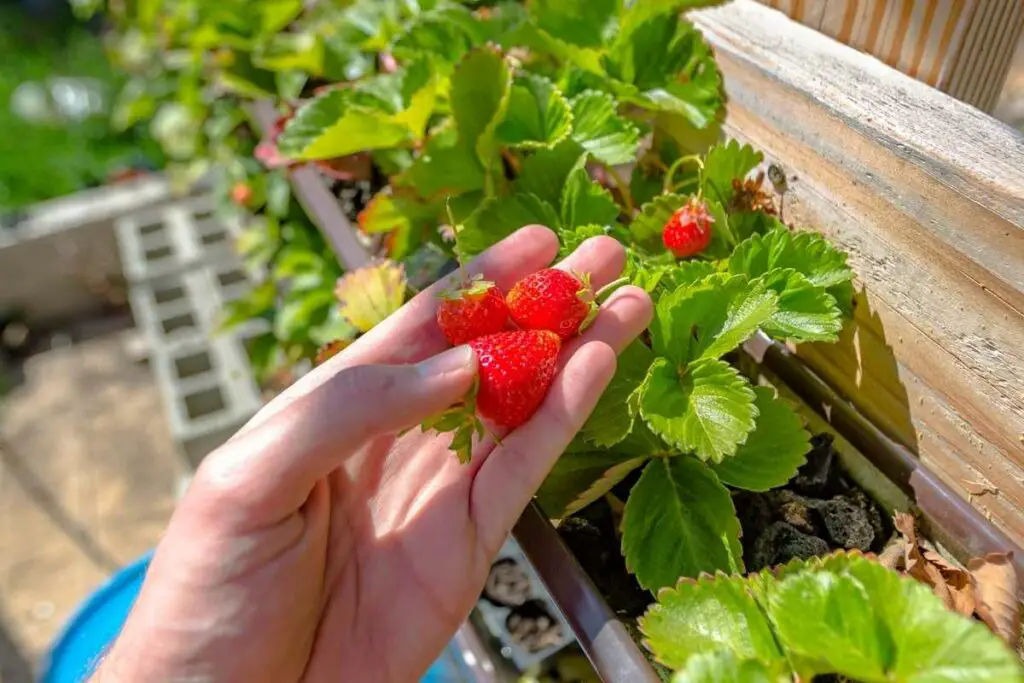For an aquaponic system to operate flawlessly and give you good yields, there must be a nutritional balance between the fish and plants.
What you feed your fish determines how good or bad your plants and vegetables will grow.
That is why you should put special care into what goes into your fish’s stomach.
Moreover, due to the controversy surrounding genetically modified (GM) fish food, it’s advisable to go organic when it comes to aquaponics.
But what are the best organic fish foods for aquaponics?
Remember This: To understand the significance of the different organic fish foods, we need first to understand the feeding habits of fish.
Classification of Fish According to What They Eat
Fish can be divided into three classes depending on what they eat. These are:
- Omnivorous– fish that eat both plant and animal matter
- Carnivorous-these are fish that only feed on animal products such as meat, insects, and small fish
- Herbivorous– fish that thrives on plant material such as zooplanktons, seaweeds, and vegetables
| Type of Fish | Examples of Fish | Suitable food |
|---|---|---|
| Omnivorous | Catfish, Carp, Koi, Goldfish | Pellets, vegetables, algae, insects, soldier fly larvae |
| Carnivorous | Trout, Barramundi, Yellow Perch, Bass | Pellets, insects, worms, smaller fish |
| Herbivorous | Tilapia, Plecos, Silver dollars | Zooplankton, duckweed, pellets, vegetables, other aquatic plants |
Most fish species are opportunistic feeders, which means they will eat what is available at the moment.
Other species, like Tilapia, are omnivorous at a young age, but the adults are entirely vegetarian.
Types of Organic Fish Food for Aquaponics
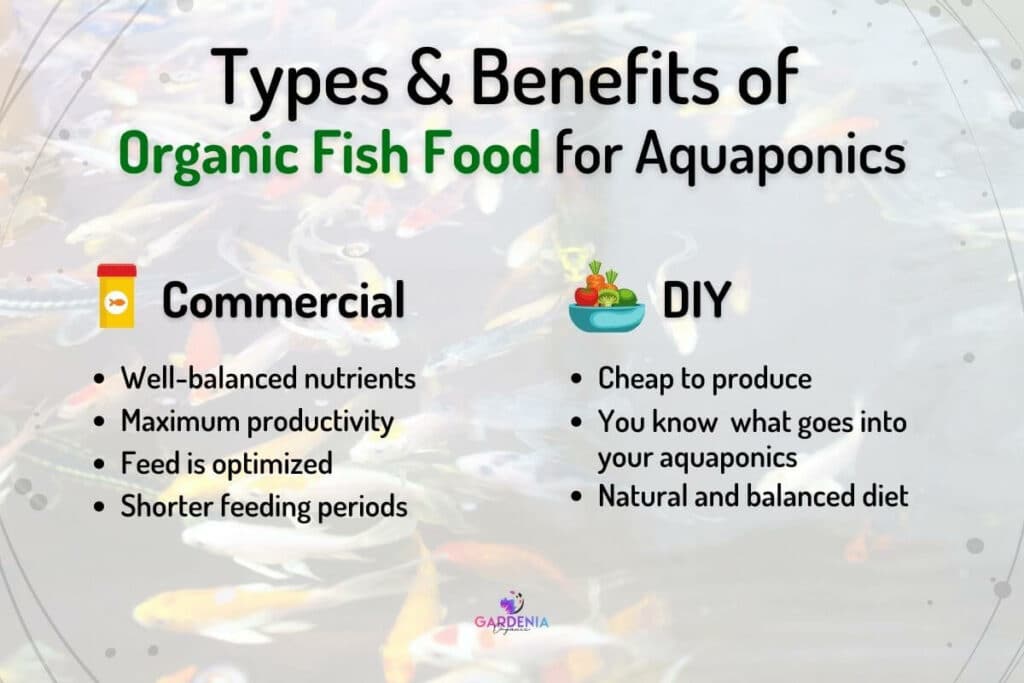
Basically, an aquaponics owner has two options when it comes to feeding fish.
These are:
- Do-it-yourself(DIY) feed
- Commercial feed
DIY feed
DIY feed refers to hand-crafted or home-grown feed and is most appropriate for small-scale aquaponics.
You also need to be a self-motivator and creative to sustain your fish with home-grown feed.
Some of the common DIY feed include:
- Home-grown insects and worms
- Aquaponic plants like kales, lettuce, and duckweed
- Home-made fish flakes
Benefits of DIY Feed
Home-made feed offers the following benefits:
- They are cheap to produce
- You know what goes into your aquaponics
- Offers natural and balanced diet
Commercial feed
Researchers have put work into formulating the ideal nutritional requirements of aquaponic fish into ready-made food such as pellets.
This kind of feed is suitable for large-scale aquaponics because it is easy to administer and requires minimum preparation.
However, it is an uphill task to know the suitable commercial feed for your fish, and some may contain GMO ingredients.
Benefits of Commercial Feed
Feeding your aquaponic fish on commercial feed has the following perks:
- The fish get well-balanced nutrients for maximum productivity
- Commercial feed is optimized, thus reducing unnecessary waste
- Pellets are palatable and easy to assimilate, meaning shorter feeding periods
5 Best Organic Fish Food for Aquaponics
Whether you want to go the home-grown or commercial way, you can find high-quality organic fish food for your aquaponics.
The following are some of the best feed for your fish:
- Commercial pellets and granules
- Insects and worms
- Vegetables
- Small aquatic animals
- Aquatic plants
1 – Commercial Pellets and Flakes
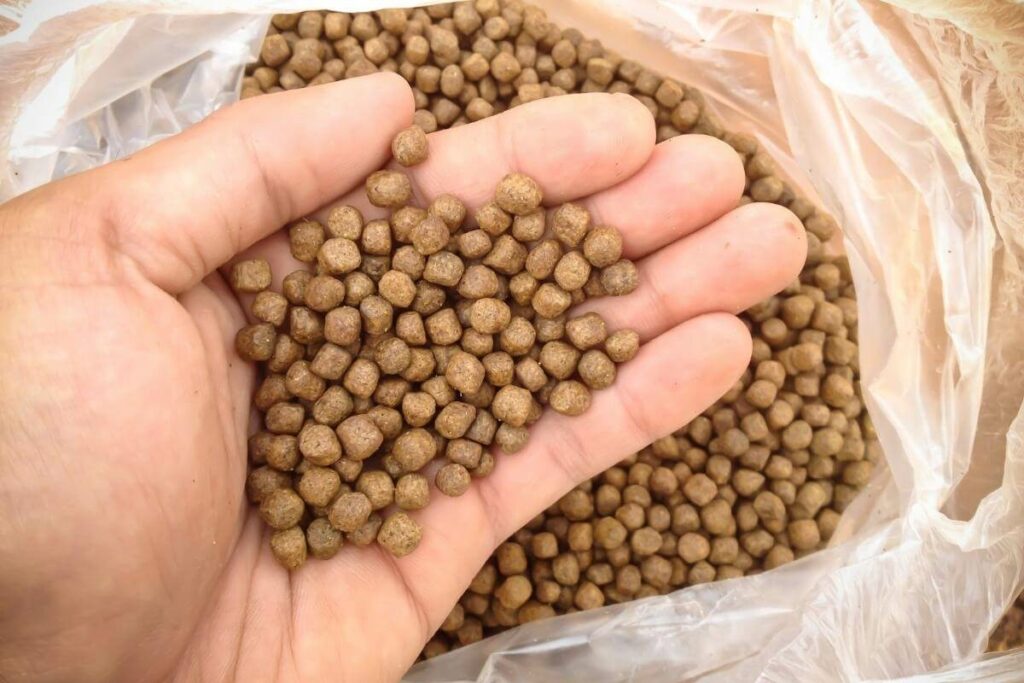
These ready-made granules are the most widely used fish feed for aquaponics and aquariums.
They offer a balanced nutritional supplement that provides a no-brainer feeding option. Like adding cereal and milk to a bowl in the morning, feeding fish with pellets is straightforward.
Different brands make varying commercial feed, from pellets, granules, and flakes. The two primary types of commercial fish pellets are floating and sinking pellets.
Floating pellets are suspended in the water while the sinking ones settle at the bottom of the tank. The former is preferred because it’s easier to notice whether the fish have eaten or not.
Pay Attention: If too much pellet is floating on the water after consecutive feeding, you will know something is wrong with your fish.
2 – Insects and Worms
Carnivorous fish will appreciate some home-grown insects, larvae, or worms because commercial pellets cannot provide all the nutrients they need.
These organisms offer a natural source of proteins, oils, and minerals that regular fishmeal-based pellets cannot provide.
You can collect these organisms in your neighborhood or purchase industrial larvae for rearing.
The latter provides consistent and sustainable sources of protein because you are rearing them in one place.
Examples of insects and worms that can be used to feed carnivorous fish include:
- Black soldier flies and larvae
- Crickets
- Cockroaches
- Earthworms
- Black worms
- Wigglers
- Termites
- Grasshoppers
- Houseflies
3 – Vegetables
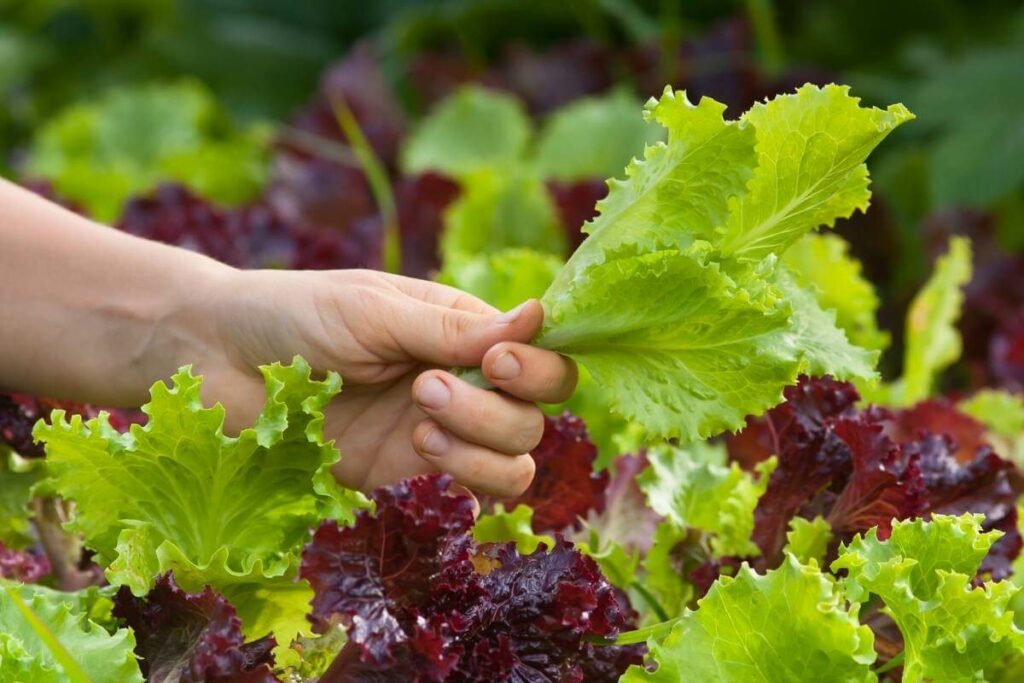
This is an economical way of feeding your fish because you can grow the vegetables on the aquaponics grow bed.
These vegetables include lettuce, kales, spinach, peas, zucchini, watercress, and broccoli. Fish also eat fruits such as apples, grapes, pears, papayas, watermelon rind, mangoes, and bananas.
However, this type of food is only viable for omnivorous and herbivorous fish.
Moreover, fish, even the herbivores, require protein foods, so you need to supplement the vegetables with commercial pellets or organic sources such as soybean, canola, and barley.
4 – Small Aquatic Animals
Carnivorous and omnivorous fish species can feed on small aquatic animals such as juvenile fish, crustaceans, fish eggs, crayfish, frogs, and water beetles.
It becomes challenging for fish such as bass and trout to feed on pellets because they crave natural protein.
It Works: If your carnivorous fish is not eating the pellets, supplement them with small aquatic animals.
5 – Aquatic Plants
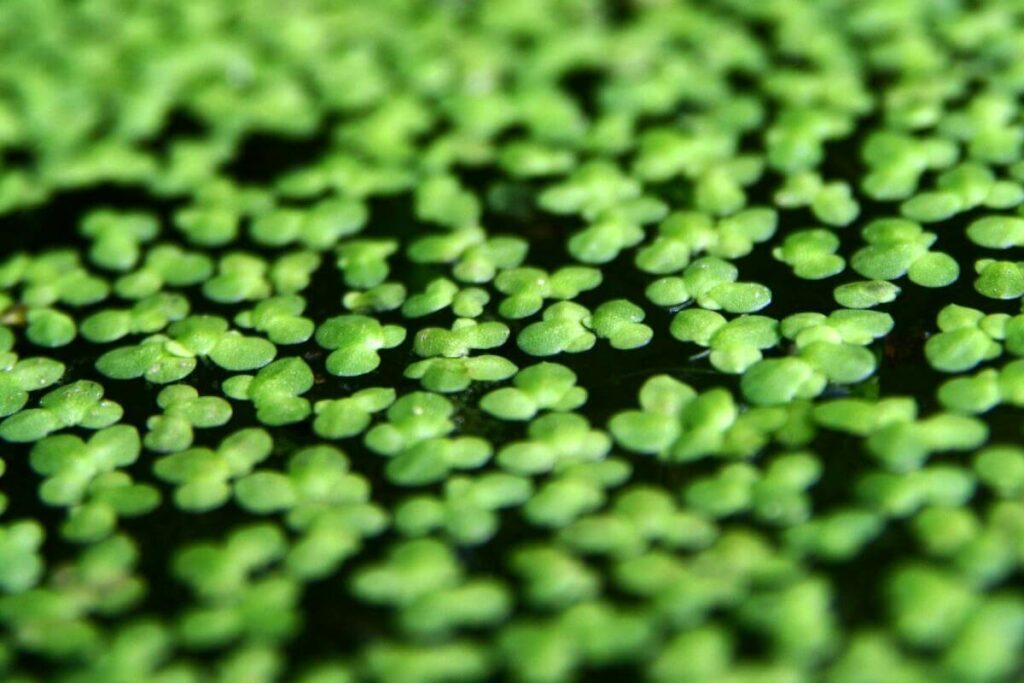
Aquatic plants are an excellent nutrient source for herbivorous and omnivorous fish species.
They are rich in proteins, minerals, vitamins, and oils and grow very fast. The most common aquatic weeds fit for aquaponic fish are duckweed and azolla.
Duckweed is a dense, floating plant that grows on freshwater and has high protein content. It can be produced separately or together with the fish and is an excellent alternative for commercial pellets.
Azolla is also a floating water plant that converts atmospheric nitrogen into readily available proteins. The aquatic fern can be a good source of protein for your aquaponic fish and is widely used in aquaculture.
Less-known Fact: The plant does better when grown separately from the aquaponic system because it requires less light and slowly flowing water.
Conclusion
You can choose to give your aquaponic fish home-made or commercial feed.
Each option has its benefits and drawbacks, but both provide organic nutrients needed for fish growth.
The commercial feed has well-balanced nutrients and includes pellets and flakes.
Home-made fish food includes plants and vegetables, insects, worms, and small aquatic animals.
